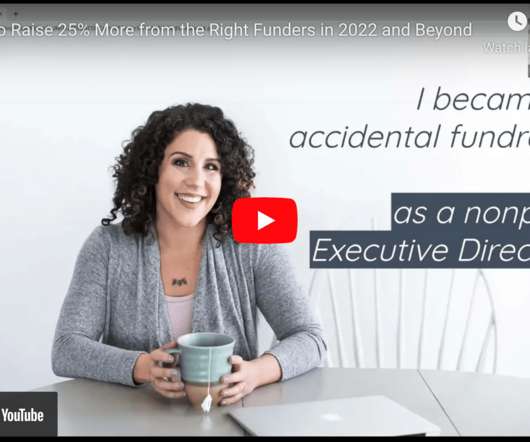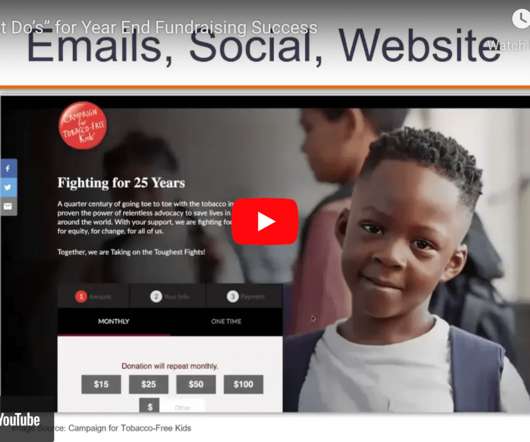5 Ways Neuroscience Helps Your Nonprofit Understand Donor Behavior
Classy
MAY 5, 2021
Emotionraising is where neuroscience meets actionable advice for nonprofit organizations. The mesolimbic part of the brain assigns values to the sensory stimuli, helping us classify what we feel. The rational part of a donor’s brain still mediates the action evoked or prompted by the emotional part through values and learnings.





















Let's personalize your content